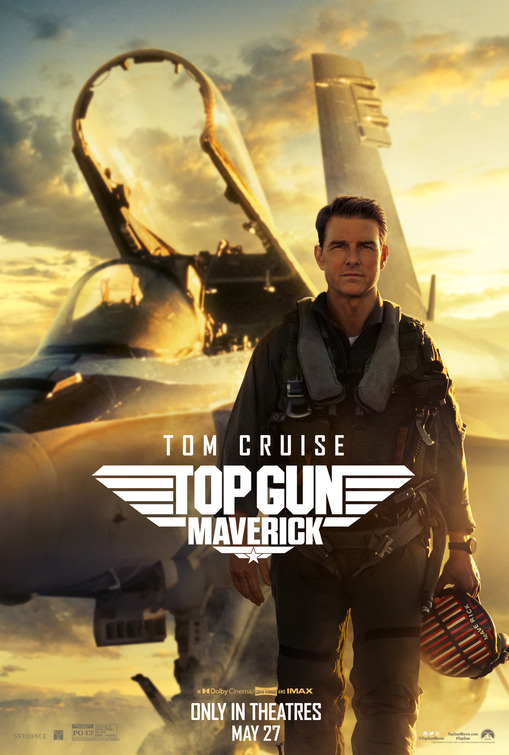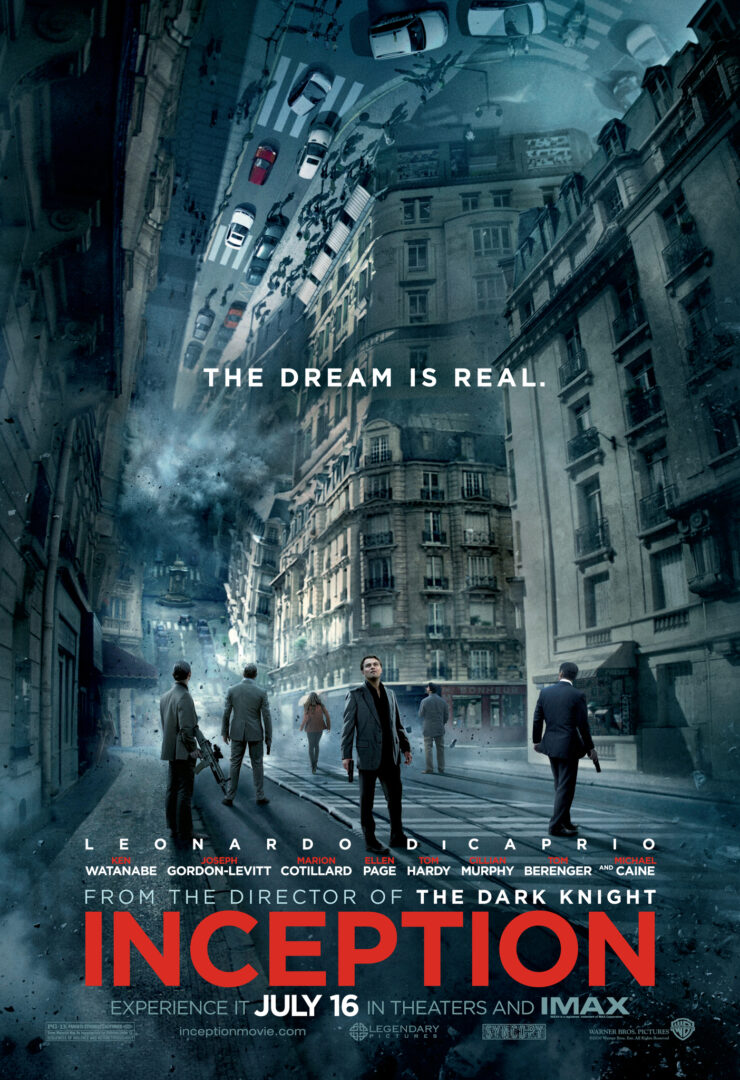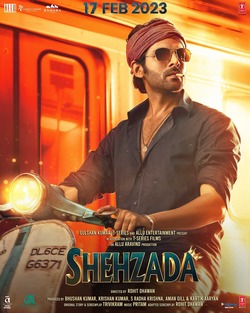"Top Gun: Maverick" is a highly anticipated sequel to the iconic 1986 film "Top Gun," starring Tom Cruise. Released in 2022, the film marks a significant moment in contemporary cinema, blending nostalgia with modern filmmaking technology. Its arrival was eagerly awaited by fans of the original and new audiences alike, as it aimed to revive the high-octane aerial combat genre while exploring mature themes of legacy, responsibility, and personal growth. The film’s release also coincided with a broader cultural resurgence of action films, making it a notable event in the cinematic landscape of the early 2020s. This article provides a comprehensive overview of the film, examining its plot, reception, technical achievements, and industry impact.
Overview of the Plot and Main Characters of the Film
"Top Gun: Maverick" centers on Pete "Maverick" Mitchell, now a seasoned naval aviator, who is called back into action to train a new generation of fighter pilots for a critical mission. The story explores Maverick’s internal struggle with his past, his role as a mentor, and his efforts to confront his own limitations. The film introduces new characters, including Bradley "Rooster" Bradshaw, the son of Maverick’s late friend Goose, adding emotional depth and personal stakes. The narrative balances high-adrenaline flying sequences with introspective moments, emphasizing themes of redemption, sacrifice, and the passage of time. The main characters include Maverick, Rooster, Penny Benjamin (a romantic interest), and a squadron of talented young pilots, each with their unique personalities and challenges.
The plot unfolds against the backdrop of a dangerous training exercise and a subsequent real-world mission, which tests the skills and resolve of the pilots. Maverick’s interactions with his protégés serve as a catalyst for character development, highlighting his evolution from a reckless young pilot to a responsible leader. The film also delves into Maverick’s complex relationship with his past, especially regarding Goose’s death, which continues to influence his decisions and outlook. The narrative’s emotional core is driven by Maverick’s desire to ensure the success of the mission while protecting the next generation of pilots from the same fate he experienced.
Throughout the film, viewers are treated to intense aerial combat scenes, personal confrontations, and moments of camaraderie that reinforce the bonds among the characters. The story ultimately emphasizes the importance of mentorship, resilience, and facing one’s fears to achieve greatness. The conclusion offers a satisfying resolution that honors the legacy of the original film while paving the way for new adventures and stories within the "Top Gun" universe.
The Revival of the Iconic "Top Gun" Franchise in 2022
The release of "Top Gun: Maverick" in 2022 marked a significant revival of the beloved franchise that first captured audiences in 1986. After decades of anticipation and various attempts at spin-offs or reboots, this film successfully reintroduced the "Top Gun" brand with a fresh yet respectful approach. The revival was driven by a combination of nostalgia for the original, advancements in filmmaking technology, and the star power of Tom Cruise, who returned to his iconic role. The film’s marketing campaign emphasized its connection to the original while highlighting new elements that appealed to contemporary audiences.
This resurgence also reflected a broader trend in Hollywood where classic franchises are revitalized with new installments that blend old-school appeal with modern storytelling techniques. "Top Gun: Maverick" benefited from this approach, successfully bridging generational gaps and attracting diverse viewers. The film’s release was supported by extensive promotional activities, including trailers, behind-the-scenes features, and collaborations that emphasized its technological achievements and emotional depth. Its timing was also aligned with a renewed interest in action and aerial combat films, contributing to its widespread appeal.
Critically, the film was seen as a successful case of franchise revival, managing to balance respect for the original with innovative filmmaking. It reinvigorated the "Top Gun" brand, positioning it as a relevant and exciting addition to the modern cinematic landscape. The film’s success also sparked discussions about the potential for further sequels or spin-offs, indicating a long-term interest in expanding the franchise’s universe. Overall, the 2022 release served as a testament to the enduring legacy of "Top Gun" and the power of well-executed nostalgia combined with contemporary storytelling.
The revival also demonstrated the importance of star-driven marketing, with Tom Cruise’s continued involvement serving as a major attraction. His dedication to the project and his commitment to performing many of his own stunts added authenticity and excitement. The film’s ability to resonate with both longtime fans and new viewers helped solidify its place as a cultural phenomenon. In essence, "Top Gun: Maverick" exemplified how a classic franchise can be successfully reimagined for the modern era, ensuring its relevance for years to come.
Visual Effects and Cinematography Highlights in the Movie
"Top Gun: Maverick" is renowned for its stunning visual effects and cinematography, which play a crucial role in delivering an immersive cinematic experience. The film utilized state-of-the-art digital effects to create realistic and breathtaking aerial sequences that showcase the power and agility of fighter jets. These sequences were meticulously crafted with the collaboration of veteran pilots, CGI experts, and cinematographers to ensure authenticity and adrenaline-pumping visuals. The result is a series of high-altitude dogfights and flying maneuvers that feel visceral and immediate, elevating the action genre to new heights.
The cinematography in the film is characterized by dynamic camera work, including innovative use of drone technology and IMAX cameras. These techniques allowed filmmakers to capture the fast-paced aerial scenes from multiple angles, providing viewers with a sense of being right in the cockpit. The film also employed practical effects and real aircraft for many sequences, further enhancing realism. Lighting and color grading were carefully designed to evoke the intense atmosphere of aerial combat, contrasting the bright skies with the dark, tense moments inside the cockpit.
In addition to the aerial sequences, the film’s visual effects extended to seamless integration of computer-generated imagery with live-action footage. This blending created a cohesive and visually stunning experience that maintained the film’s sense of realism. The attention to detail in aircraft design, cockpit instrumentation, and environmental effects contributed to a believable depiction of high-speed flight. Overall, the visual effects and cinematography in "Top Gun: Maverick" set a new standard for action films, demonstrating how cutting-edge technology can enhance storytelling.
The film’s visual achievements were widely praised by critics and audiences alike, with many highlighting the breathtaking scope and clarity of the flying scenes. The technical mastery involved in capturing these sequences was recognized as a major factor in the film’s immersive quality. The combination of practical effects and digital enhancements resulted in a visually compelling experience that complemented the narrative’s emotional and adrenaline-fueled moments. "Top Gun: Maverick" thus stands as a showcase of modern filmmaking capabilities and dedication to visual storytelling excellence.
Soundtrack and Audio Design Enhancing the Film Experience
The soundtrack and audio design of "Top Gun: Maverick" play a vital role in heightening the emotional and adrenaline-pumping aspects of the film. The film features a carefully curated soundtrack that includes contemporary songs as well as iconic tracks from the original "Top Gun" soundtrack, creating a nostalgic yet fresh auditory experience. The music underscores key scenes, emphasizing moments of tension, triumph, and introspection. The blend of classic rock, modern tracks, and orchestral scores contributes to the film’s dynamic pacing and emotional resonance.
Sound design in the movie is meticulously crafted to complement the visual spectacle, especially during the aerial sequences. The roar of jet engines, the whine of high-speed maneuvers, and the subtle ambient sounds inside the cockpit are all intricately layered to produce a realistic and immersive soundscape. These audio elements are synchronized precisely with the visuals, enhancing the sense of speed, danger, and precision that define fighter pilot operations. The film’s sound mixing ensures clarity in dialogue amidst the chaos, allowing viewers to engage fully with character interactions and story developments.
The film also utilizes advanced audio technology, including Dolby Atmos, to create a surround sound experience that envelops the audience. This technique amplifies the intensity of the flying scenes and heightens emotional moments, making viewers feel as if they are part of the action. The soundtrack’s strategic use of music and sound effects serves to reinforce the film’s themes of legacy, sacrifice, and resilience, elevating the overall cinematic experience.
Critics and audiences alike praised the film’s audio design for its realism and emotional impact. The precise synchronization of sound and visuals contributed significantly to the film’s immersive quality, drawing viewers deeper into the story. The soundtrack’s nostalgic elements also helped evoke memories of the original film while establishing a contemporary tone. Overall, the music and sound design of "Top Gun: Maverick" exemplify how audio craftsmanship can elevate a film’s storytelling and audience engagement.
Critical Reception and Audience Responses to the Sequel
"Top Gun: Maverick" received widespread critical acclaim upon its release, with reviewers praising its exhilarating action sequences, emotional depth, and respectful homage to the original film. Critics highlighted Tom Cruise’s compelling performance and the film’s successful blend of nostalgia with modern storytelling. Many lauded the technical achievements, particularly the cinematography and visual effects, which contributed to an immersive experience. The film was also noted for its well-crafted character development, providing a satisfying narrative that resonated with both longtime fans and newcomers.
Audience responses were similarly enthusiastic, with viewers expressing admiration for the film’s high-energy flying scenes and heartfelt moments. The movie garnered positive word-of-mouth, leading to strong word-of-mouth promotion and repeat viewings. Fans appreciated the film’s nostalgic nods to the original "Top Gun," including familiar music, references, and character callbacks, while also embracing the new characters and storylines. The emotional stakes, especially surrounding Maverick’s relationship with Rooster, added layers of complexity that resonated on a personal level.
The film also sparked discussions about its cultural significance, with many considering it a successful revival of a beloved franchise. Its reception was reflected in its high




